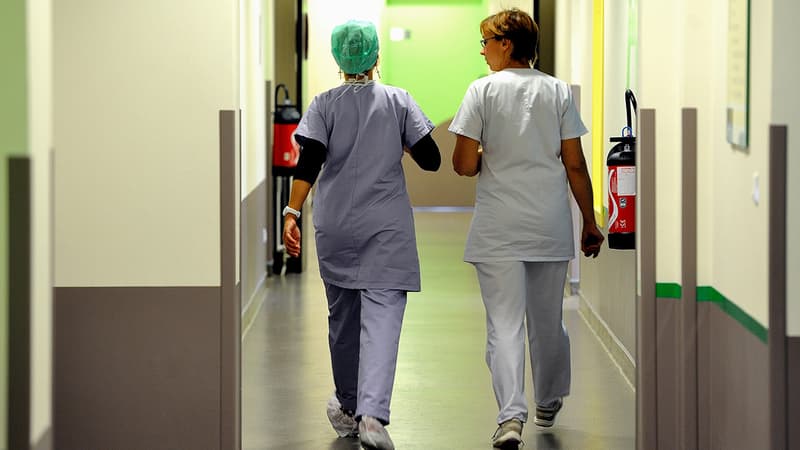The heating lowered in the rooms to 22 degrees and a complete report on the operation of emergency devices, such as generators: French hospitals prepare for winter, in a context of skyrocketing energy costs.
Do not panic, the government has swept away the fear of a possible loss of load in hospitals. The latter, however, called in mid-October on the Regional Health Agencies (ARS) to “anticipate the risks of electricity and gas supply for the winter of 2023”, in particular by identifying “all the establishments that would be in a situation of fragility”.
As a precautionary measure, hospitals must stock up on fuel oil in case they need to activate emergency generators.
Bills tripled or even quadrupled
Hospitals do not benefit from the tariff shield established by the government for individuals and small businesses. Therefore, they fear an increase in their bills, “which should be multiplied on average by three or four,” according to Rudy Chouvel, manager of sustainable development at the French Federation of Hospitals.
The hospital sector is a giant: its public and private establishments represent 130 million square meters, according to Anap, the national agency that helps health establishments improve their services. That is an electricity consumption equivalent to that of 5 million homes.
In addition to electricity, hospitals are also large consumers of gas for heating, domestic hot water, laundry services and even kitchens.
A hub for shopping sharing
The establishments most vulnerable to this rebound in energy prices are those that are at the end of their contract with their energy provider or in the process of being renewed, explains Camille Devroedt, an expert in sustainable development at Anap, which could put questioned “the security of its supply”.
To mitigate this risk, a purchasing center helps interested establishments to group purchases, which will guarantee the supply of electricity and avoid shortages, he says.
But more than ever, the time has come to reduce energy consumption in hospital services. Establishments are encouraged to take immediate action and audit their energy usage to identify potential savings.
Among the measures recommended by the agents in charge of leading the energy transition in hospitals, a temperature of 22 degrees in patient rooms (compared to the current 24 degrees) and 19 degrees in administrative premises.
150 people dedicated to the energy transition
The Ministry of Health and two national organizations (CNSA and Anap) launched the hiring of 150 people dedicated to the energy transition of health and medico-social establishments.
Julien Bestion is one of them and deals with these issues for health and medico-social establishments in the Tarn. It is responsible for implementing “simple” measures (replacing obsolete light bulbs with LEDs, installing presence detectors, closing windows, etc.) to reduce the consumption of the 25 structures it supports by 10%, on the way to energy sobriety . He underlines “the importance of pedagogy because all these gestures are not yet part of habits”.
The current energy crisis is accelerating the need to act quickly to reduce electricity and gas costs, but this concern is not new in the hospital sector. Thus, the University Hospital of Poitiers has been producing its own electricity since the mid-1990s. The Saint-Louis Hospital in Paris has reduced its energy consumption by more than 2% each year since 2017 (up to 6% in 2020).
Source: BFM TV


